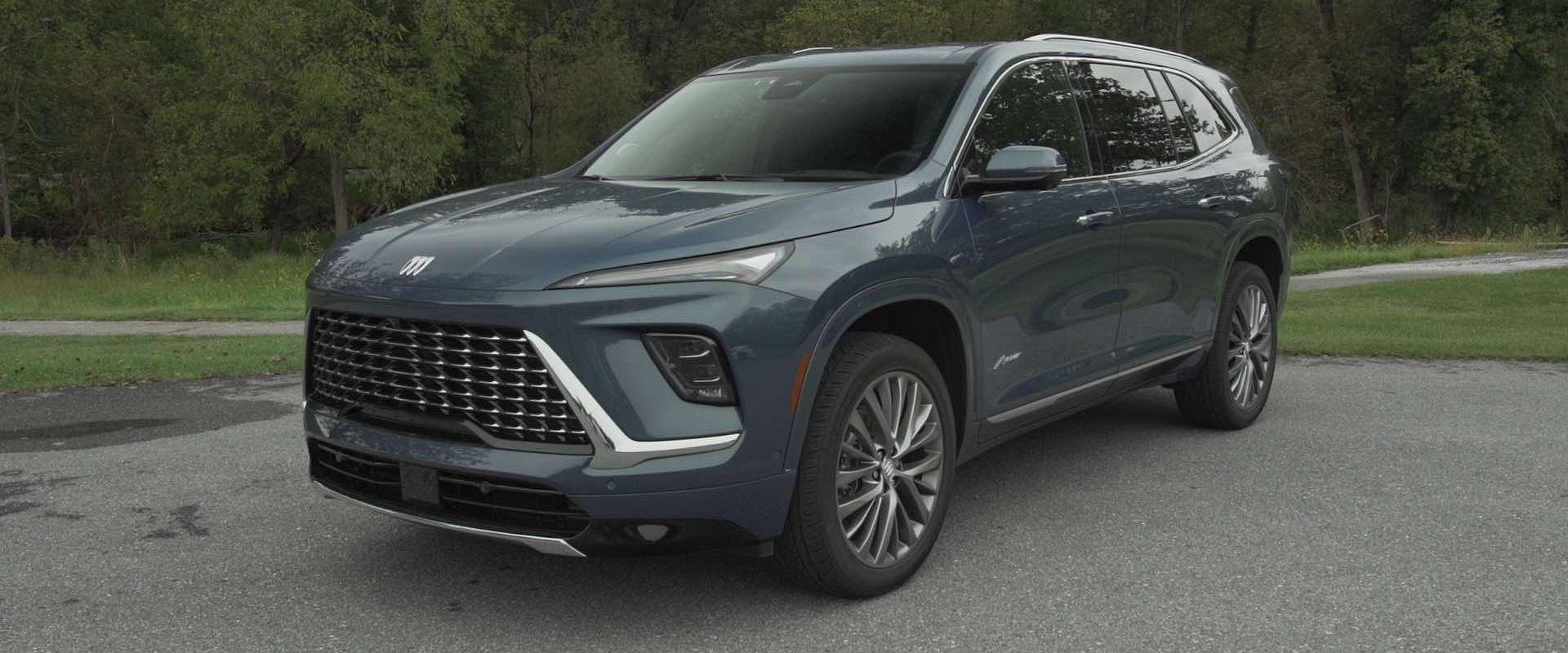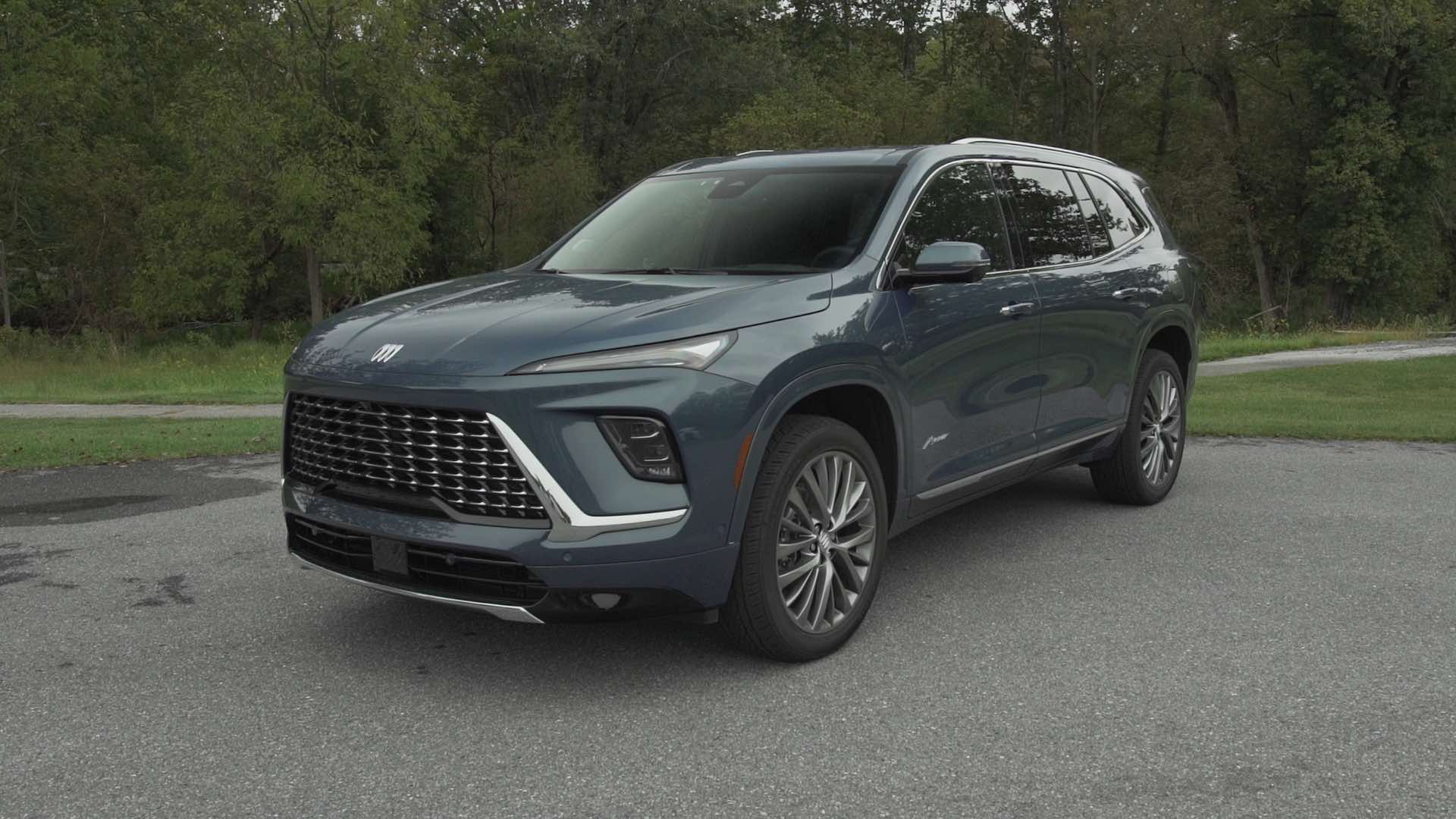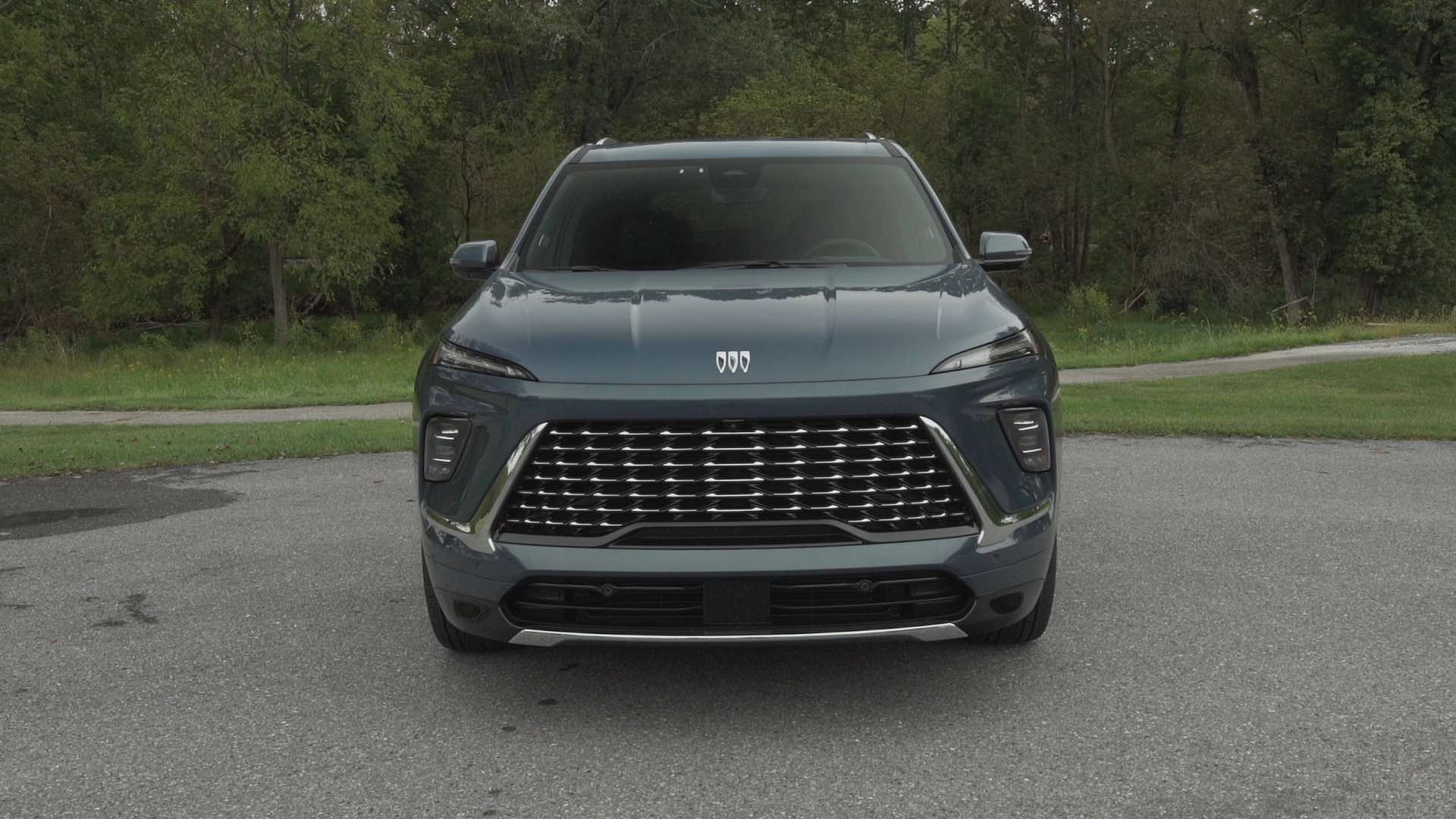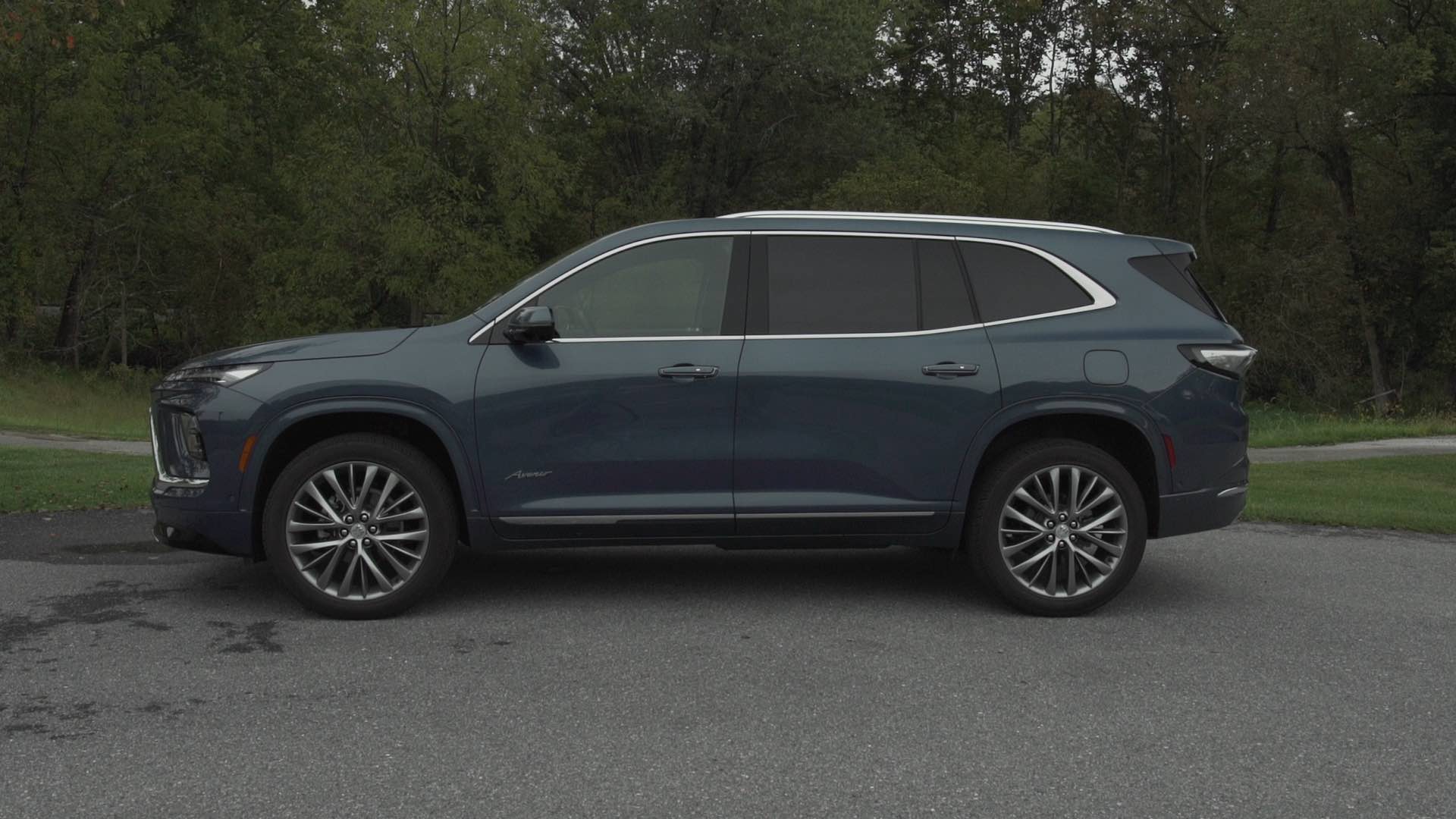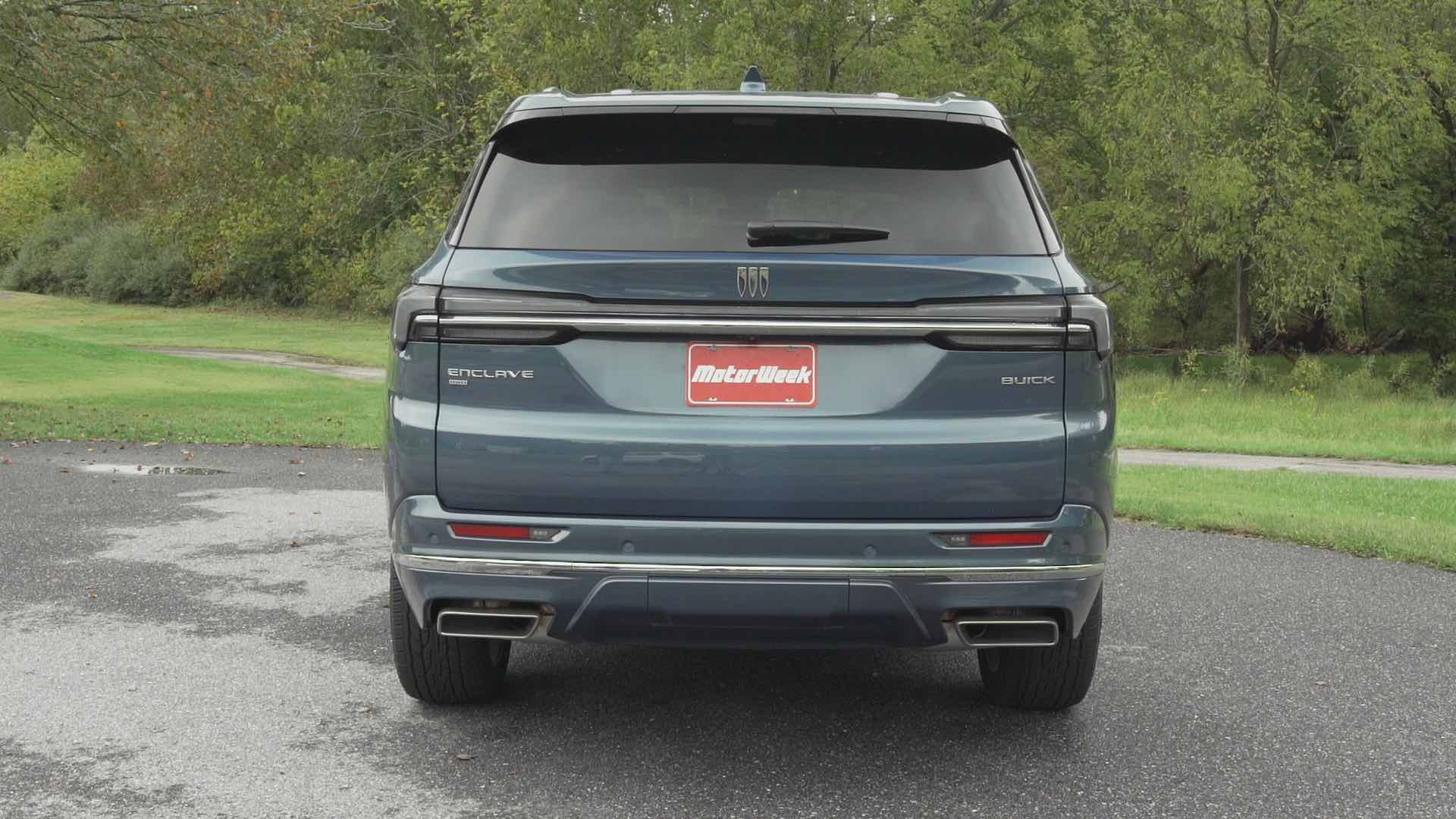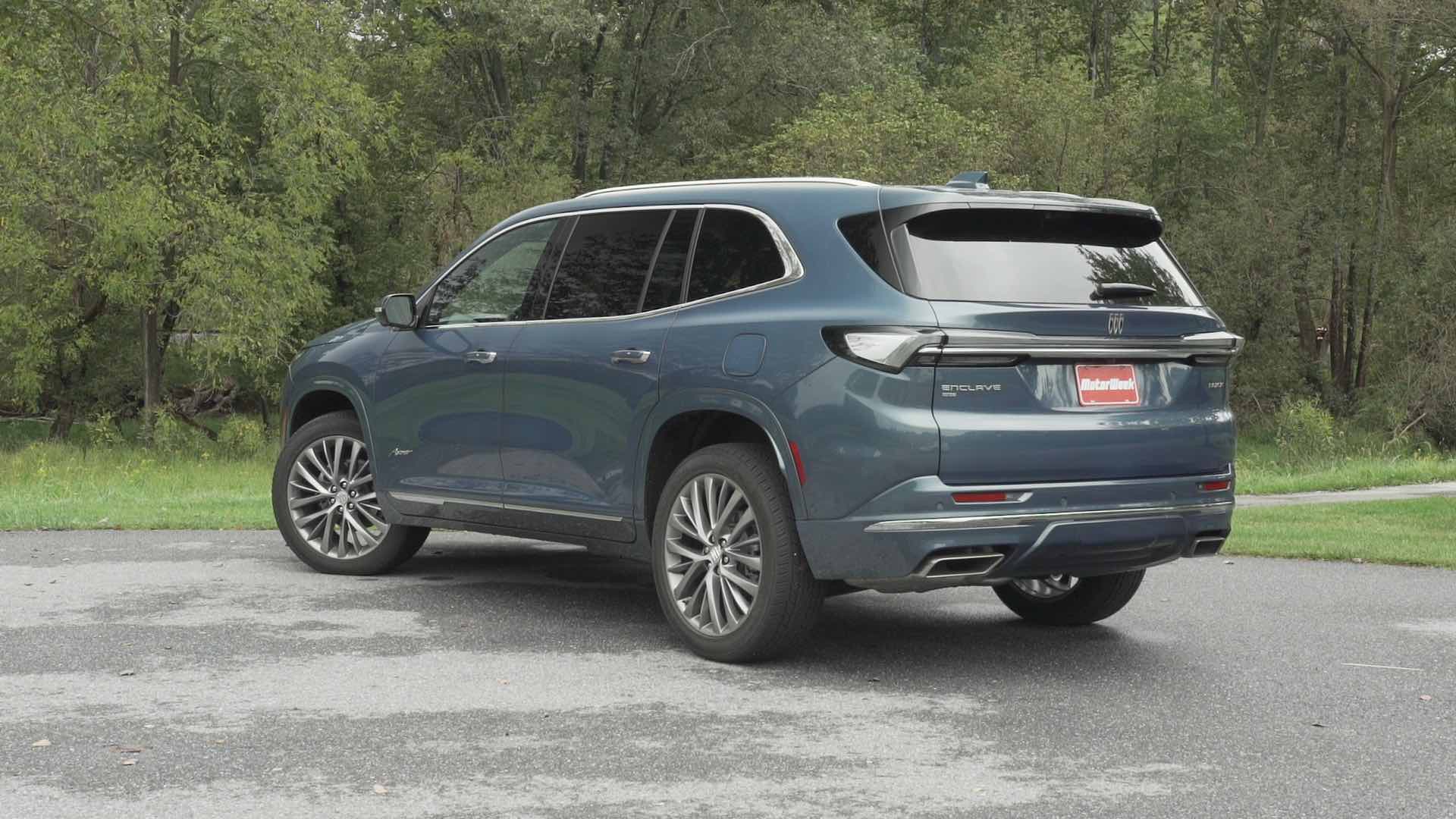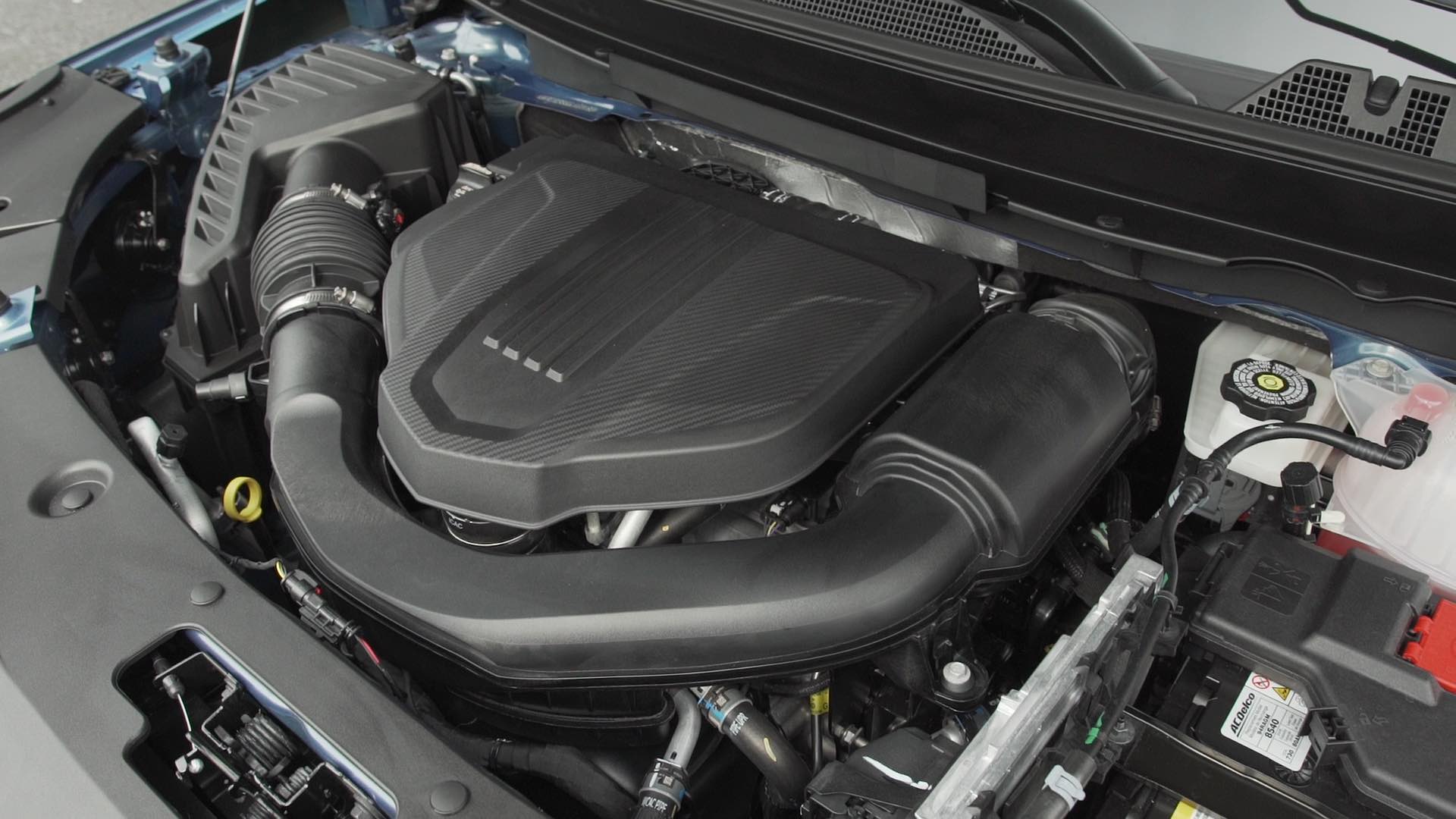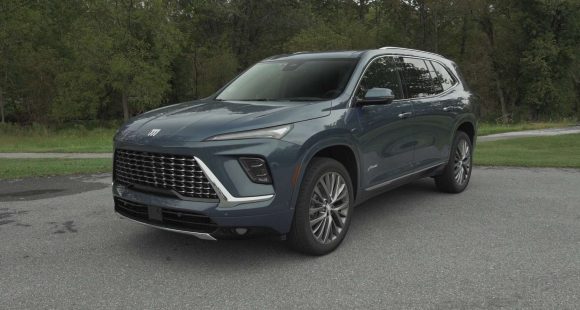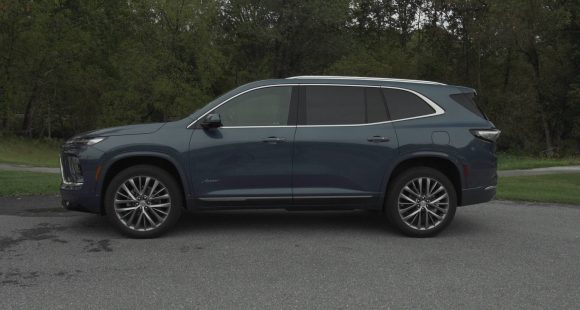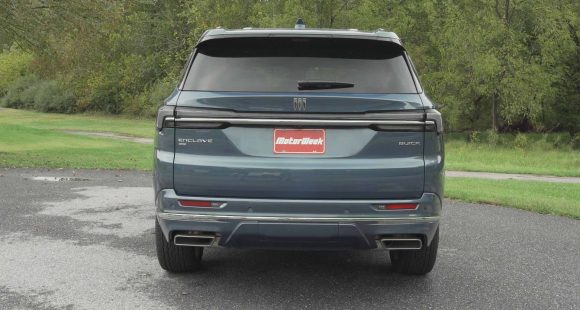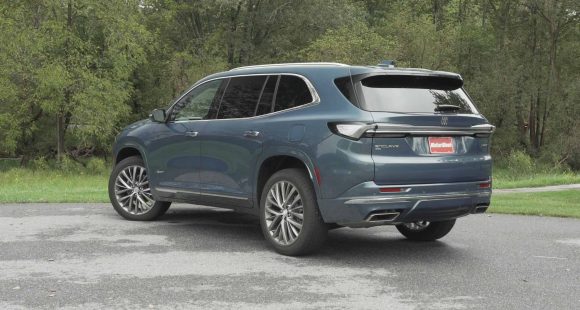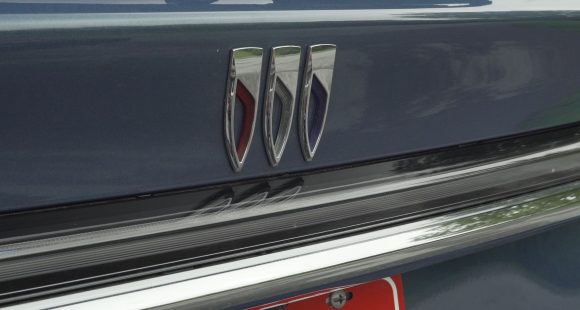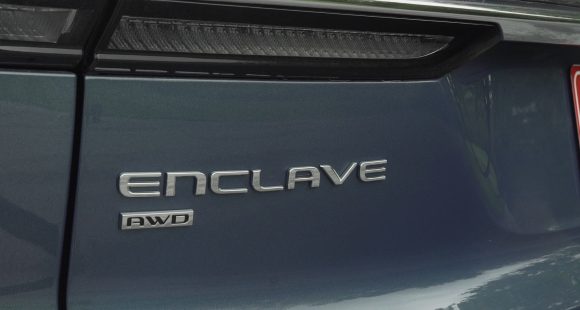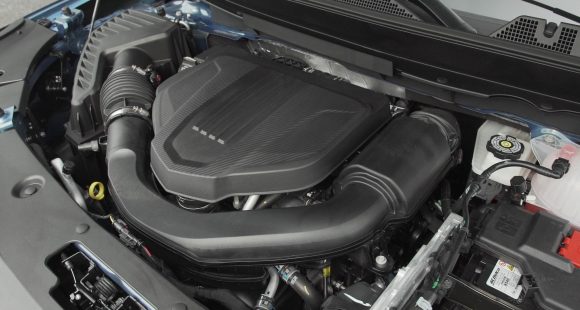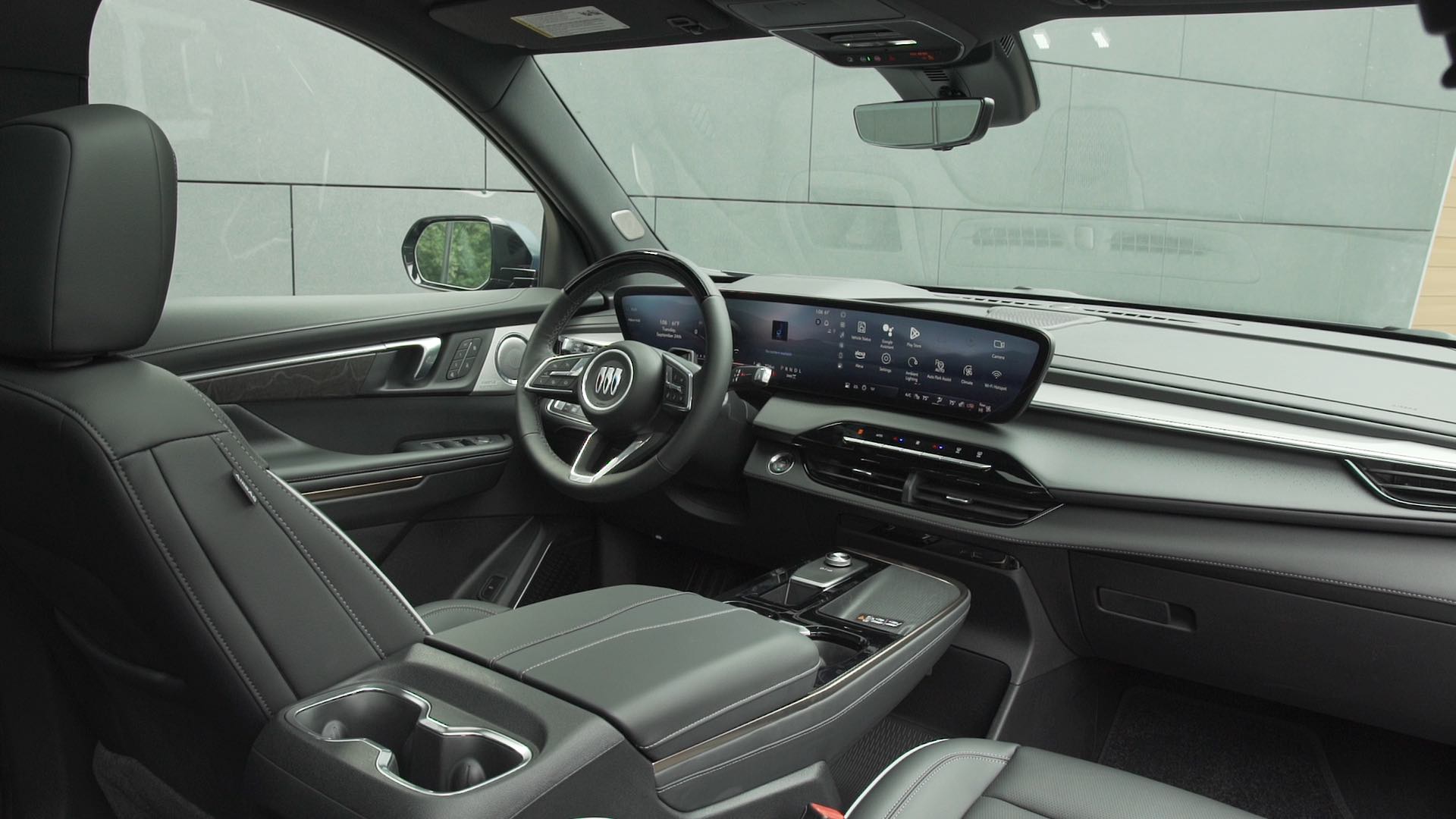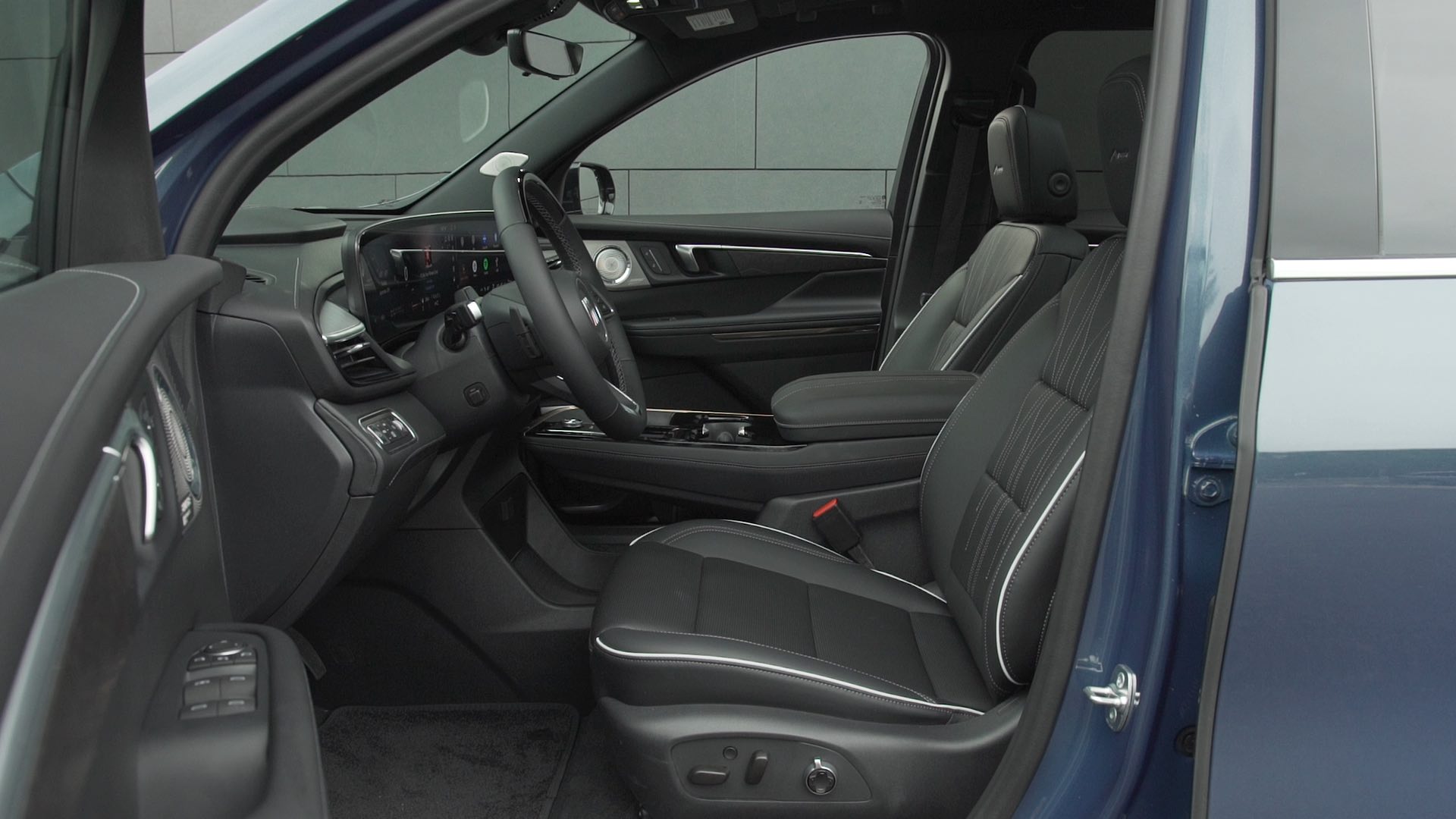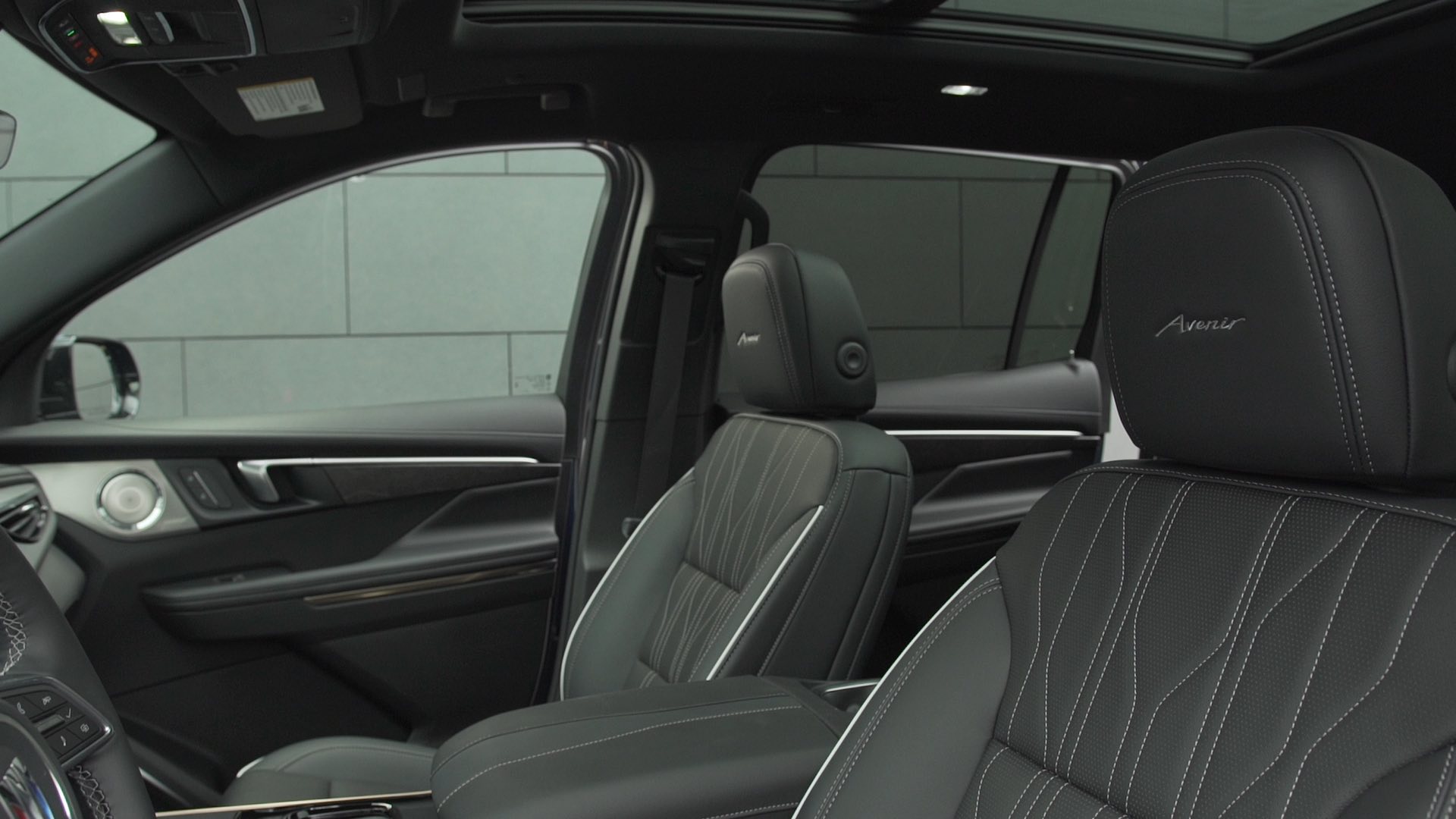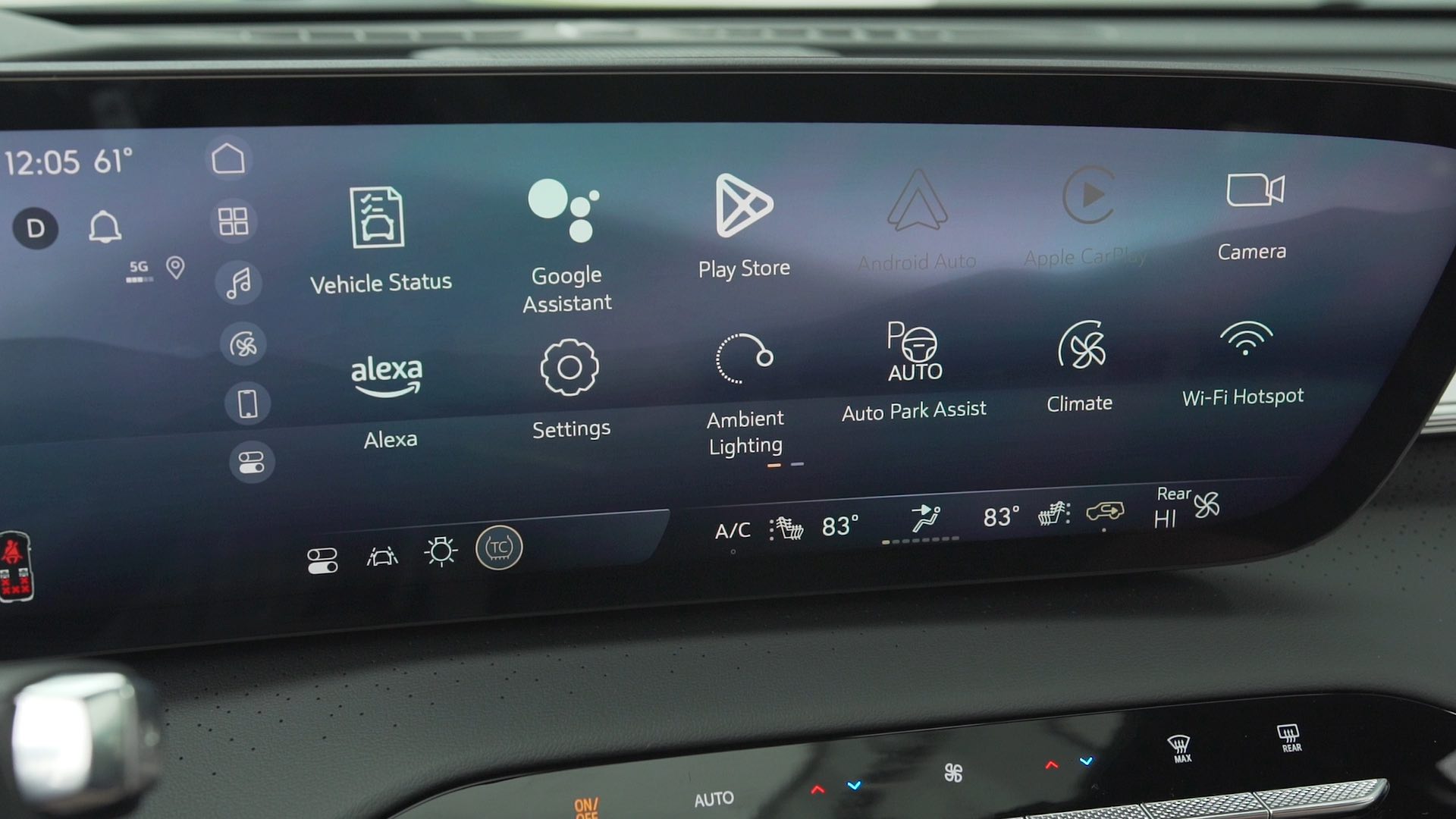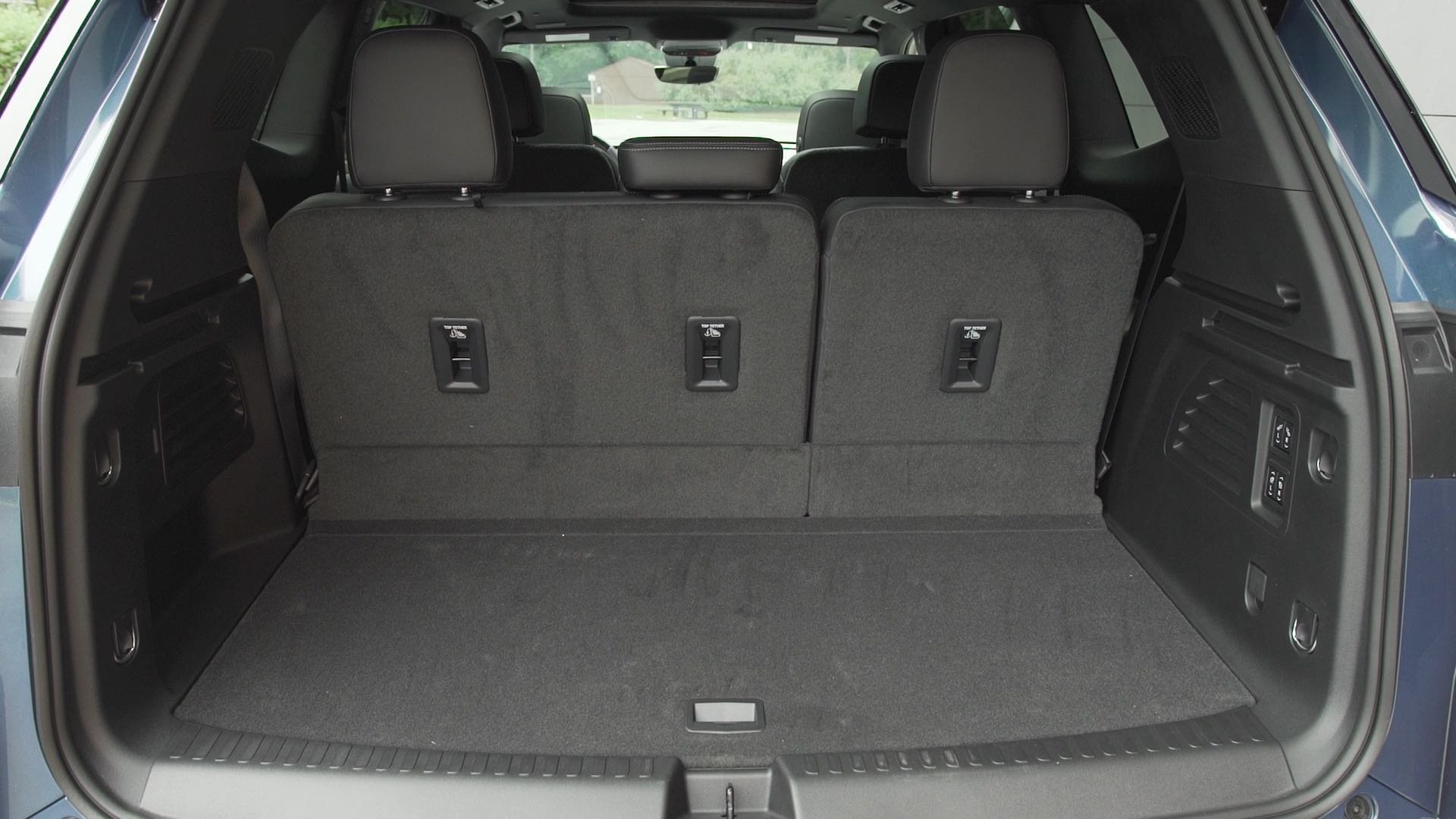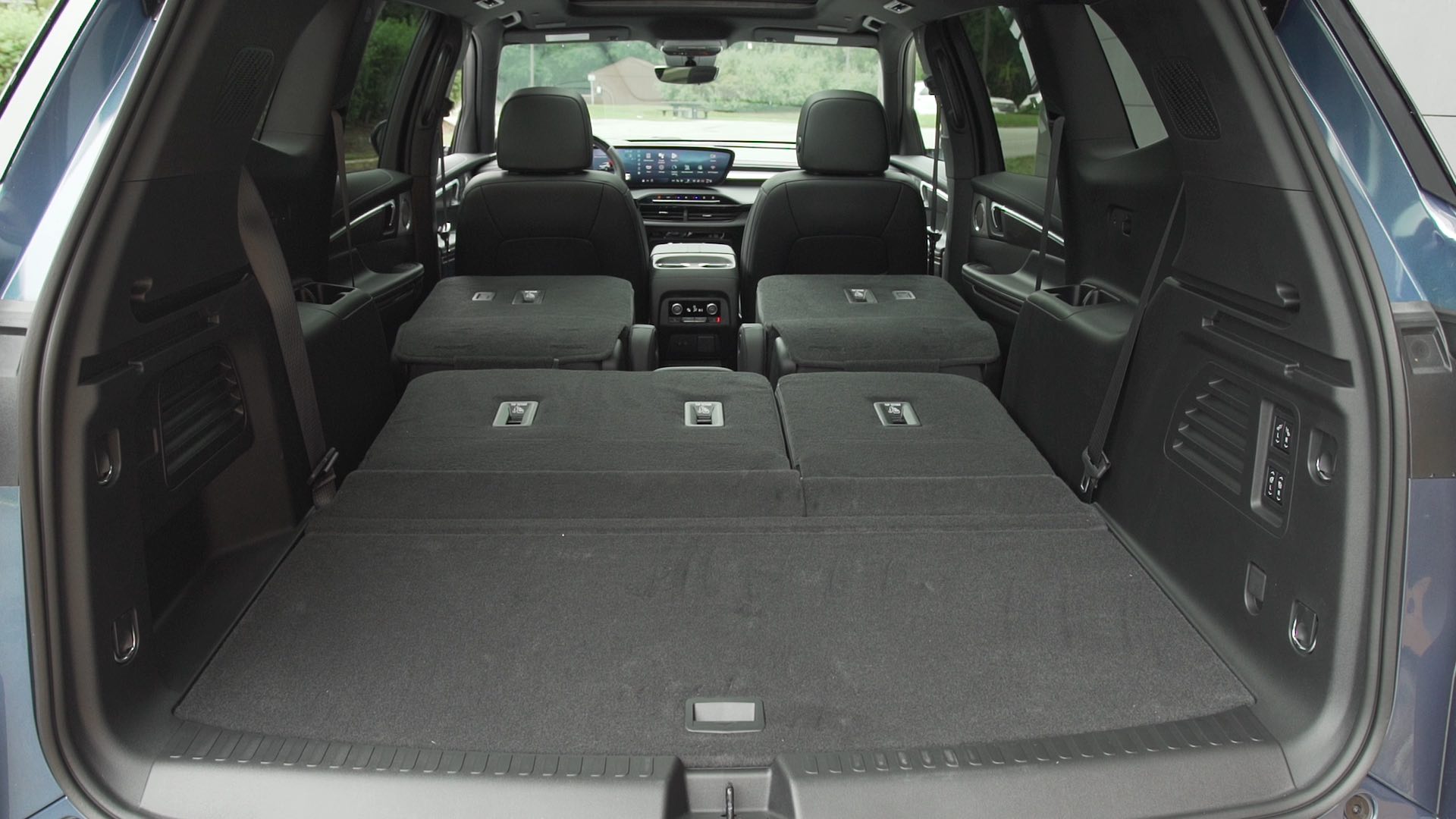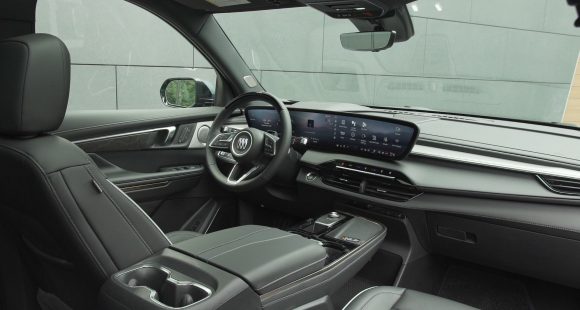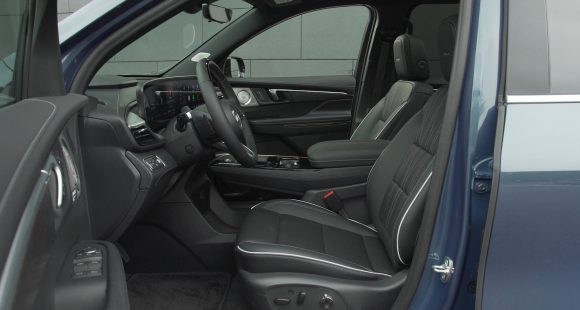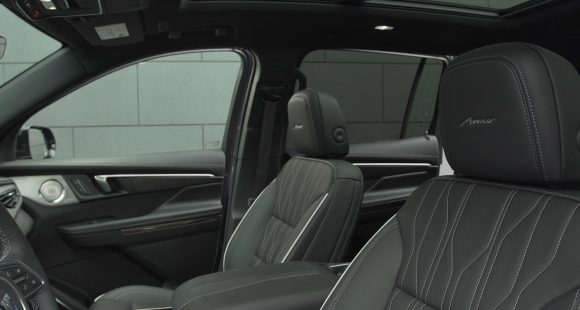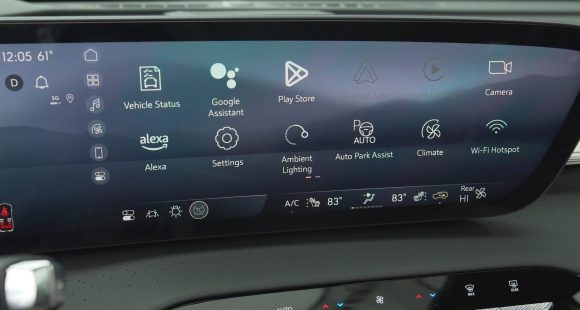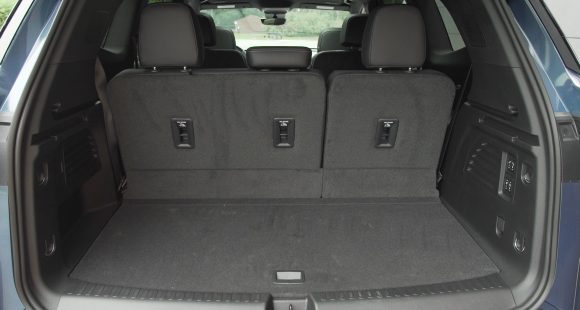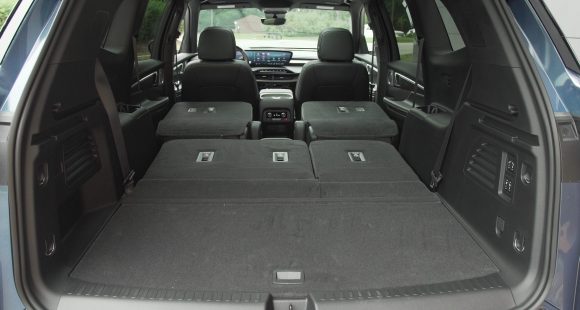2017 Toyota Highlander
Few brands have the SUV landscape covered as totally as Toyota. Even when it comes to large family duty, they have a trio to choose from. But it’s the Highlander crossover that picks up the bulk of that business, and its been updated for 2017 to give those families more of what they really want.
Now midway through its 3rd generation, the Toyota Highlander adds a multitude of updates for 2017. But don’t think they’re the hastily assembled kind of revisions in response to some sales slump, rather just the normal progression of keeping current with the segment. As despite a rash of recently re-engineered competition, the Highlander remains a top seller in the family 3-row utility world.
You don’t have to like the big mouth look, in fact most of our staff don’t; but you certainly won’t be able to ignore it, as it seems to be swallowing up as much road as possible while heading in your direction.
The big news for ’17 is new SE trim. It tames that front end somewhat with dark pieces replacing the usual chrome. 19-inch wheels are added as well, to support a sportier image.
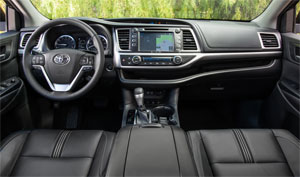 Fortunately, it doesn’t stop with looks. SEs also get a retuned suspension for a little more agility. Still, this is perhaps where Highlander shows its age the most, having a heavier feel compared to much of the competition who have moved on to lighter weight materials. But that also gives it a totally solid, safe, and secure feeling compared to many rivals.
Fortunately, it doesn’t stop with looks. SEs also get a retuned suspension for a little more agility. Still, this is perhaps where Highlander shows its age the most, having a heavier feel compared to much of the competition who have moved on to lighter weight materials. But that also gives it a totally solid, safe, and secure feeling compared to many rivals.
From the high seating position, drivers will be enjoying that enhanced nimbleness from new black leather seats with silver stitching. Of course its accompanied by dark dash and door trim.
Controls and layout are all very familiar, with no major changes here; including the very helpful storage in the dash. Good news for those with electronics to keep charged, all Highlanders now come with 5 USB ports!
Both 7 and 8-passenger versions are available, with the 2nd row seats remaining very comfortable and spacious. And while many competitors have stepped their game up in the 3rd row department, access here is still very good, though very low seat bottoms make for an awkward seating position.
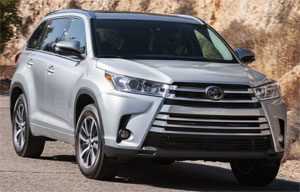 Cargo space continues to be good here; 13.8 cubic-ft. behind the 3rd row, 42.3 behind the 2nd, and a max of 83.7 cubic-ft. Boosting practicality further, the Highlander is one of the few SUVs that still has a flip up glass for the rear hatch; though only in upper trim levels.
Cargo space continues to be good here; 13.8 cubic-ft. behind the 3rd row, 42.3 behind the 2nd, and a max of 83.7 cubic-ft. Boosting practicality further, the Highlander is one of the few SUVs that still has a flip up glass for the rear hatch; though only in upper trim levels.
Even better news, is the arrival of a higher power. An enhanced version of the 3.5-liter V6 that gets a 25-horsepower boost to 295. Torque rises 15 lb-ft. to 263.
All this while actually improving fuel economy, thanks to a new 8-speed automatic transmission.
Government Ratings are now 20-City, 26-Highway, and 22-Combined with all-wheel-drive. Our average was 21.0 miles-per-gallon of Regular.
At the track, thanks to the upgraded V6, Highlander certainly feels less sluggish off the line. There’s a strong low end pull to get you going, while it eagerly delivers power on the high end as well. We hit 60 in 7.7-seconds; with a ¼-mile time of 16.0-seconds flat at 92 miles-per-hour.
 Base LE trim still comes with a 185-horsepower 2.7-liter I4, though in front wheel-drive only; and of course the Highlander Hybrid remains available as well.
Base LE trim still comes with a 185-horsepower 2.7-liter I4, though in front wheel-drive only; and of course the Highlander Hybrid remains available as well.
As for how the upgraded SE suspension handled our cones; well, there is still some mild understeer as you might expect, but the tauter suspension is very noticeable.
In fact, after a few runs, we were really hauling the goods, shaving ever closer to the cones and keeping speeds higher than we would have expected going in. Even body roll is well subdued; it was tire sidewall flexing that seemed to hold us back the most.
Of course it’s all about family safety these days; and for 2017, all Highlanders get Toyota Safety Sense P with automatic emergency braking as standard equipment.
Highlander pricing starts at just $31,625. New SE trim goes for $40,685, with all-wheel-drive adding another $1,460.
Even with the rapid pace of change these days, the Toyota Highlander has had no problem staying near the top the sales charts in the highly competitive 3-row crossover utility segment. Toyota fans will find more of what they love here in this upgraded 2017 version. And that should ensure current Highlander sales remain high, until an all-new one hits the streets.
Specifications
- Engine: 3.5 liter
- Horsepower: 295
- Torque: 263 lb-ft.
- 0-60 mph: 7.7 seconds
- 1/4 mile: 16.0 seconds @ 92 mph
- EPA: 20 mpg city / 26 mpg highway
2025 Buick Enclave
Buick’s Biggest Utility Gets More Premium Look, Less Premium Powertrain
Buick is now an all SUV brand with the three-row Enclave sitting at the top of their lineup. And for this all-new third generation, it looks like Buick has finally given it the true flagship treatment it deserves. Reason enough for us to see what else new this posh performer has in store.
Don’t think of this 2025 Buick Enclave as just a new third generation of Buick’s largest three-row SUV, but more of a total reboot for a luxury segment pioneer. Part of that reinvention is swapping out the 3.6-liter naturally aspirated V6 engine, that has been the heart of this large crossover since it arrived on the scene for 2008, for a new 2.5-liter turbocharged four-cylinder.
Though using two fewer cylinders, it rates 18 more horsepower at 328. The gain in torque is even greater, climbing from 266 to 326 lb-ft.
Power from a start and when tooling around town feels pretty good, but you do notice that engine working hard under the hood; there is more engine noise and it’s not as smooth as many competitors who have also made the switch to turbo-four power. Max towing rating remains at 5,000 lbs. The new standard automatic transmission loses a gear, dropping from nine to eight, a simplifying move we applaud. All-wheel drive is a $2,000 option with all trims.
The Enclave rides on the same front-wheel-drive based chassis that supports the Chevrolet Traverse and GMC Acadia. It remains the most luxurious of the three, though all have made big upward strides. And that luxurious feel is very evident inside where things appear special without flaunting it. Materials are vastly improved over the last gen, especially in top Avenir trim which is the choice for most Enclave buyers.
Front seats are very comfy, well suited for long days of highway travel. It’s hard to miss the 30-inch ultra-wide display, similar to Cadillac’s. It is big, but not intimidating as operation is very logical and you can easily configure things as you want them, including bringing the nav screen up full in front of the driver.
Front seats are very comfy, well suited for long days of highway travel.
Between the seats is a very substantial console with lots of storage space and standard wireless phone charging. There is definitely room for full-size adults in all three rows of seating. Big, plush captain’s chairs with all trims for the second row; and a less plush but still comfortable three-place third row.
GM’s Super Cruise has now made it to Buick’s lineup, available as a standalone package for any trim. It remains a favorite of ours for hands-off highway cruising. Despite feeling adequately powered on the street, the Enclave’s turbo-four felt a little out of its element at our Mason Dixon Dragway test track. There was very little jump off the line, just a slow wind up to 60 of 8.0 seconds, with the quarter-mile completed in 16.0 seconds flat at 92 mph.
We could really feel the Enclave’s weight in our handling course, about 150-lbs. over last year, even with less motor under the hood. But there was very little body roll, and no excessive oversteer or understeer. In panic braking runs, there was good feel through the pedal, and solid stops from 60 averaging a fine 111 feet.
To all of our eyes, the Enclave is bigger yet much better looking than before. Now more sophisticated using Buick’s PURE philosophy which emphasizes Purity in design, Unexpected details, Refined finishes, and Exceptional execution.
With all-wheel drive, Government Fuel Economy Ratings are 19 City, 24 Highway, and 21 Combined; we managed a great 24.9 mpg of Regular. That’s a slightly below average Energy Impact Score, consuming 14.2 barrels of oil yearly, with 7.0 tons of CO2 emissions.
No more Essence or Premium Enclaves, as the new gen brings new trim names along with it; the base option now being Preferred which starts at $46,395, and unless you choose white, you’ll be paying extra for all exterior colors. Just a short step from there to the Sport Touring for $48,795, and then a much bigger bounce up to Avenir at $59,395.
With so many big utes now aimed at luxury and near luxury buyers, it’s getting harder and harder for Buick to stand out. Being an all-utility brand, with one of the freshest lineups in the industry, will no doubt help. The 2025 Buick Enclave is a very stylish, well-equipped, well executed large three-row crossover that’s priced right.
Specifications
As Tested
- Engine: 2.5-liter turbo-4
- Transmission: 8-speed automatic
- Horsepower: 328
- Torque: 326 lb-ft.
- EPA: 19 City | 24 Highway | 21 Combined
- 0-60 mph: 8.0 seconds
- 1/4 Mile: 16.0 seconds at 92 mph
- Braking, 60-0 (avg.): 111 feet
- MW Fuel Economy: 24.9 mpg (Regular)







